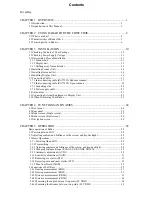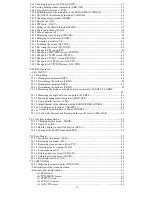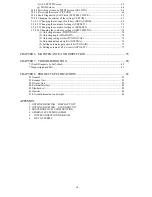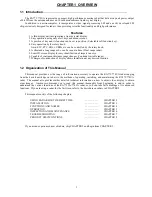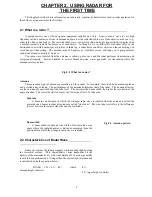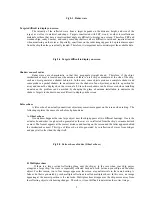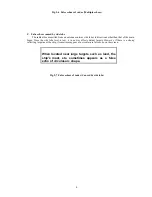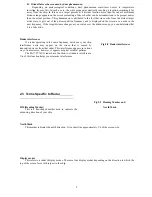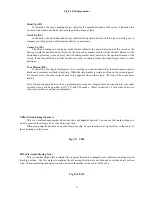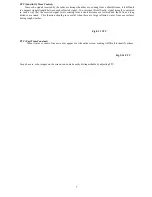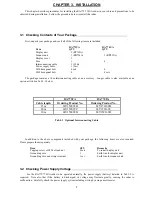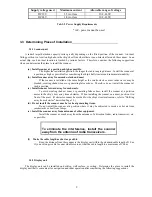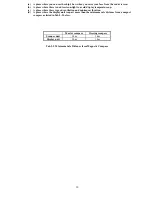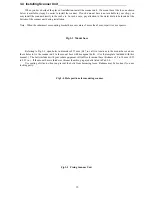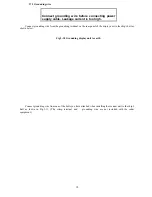
3
Fig.2-3 Radar wave
Targets difficult to display on screen
The intensity of the reflected wave from a target depends on the distance, height, and size of the
target, as well as its material and shape. Targets constructed with FRP, wood, or other low-reflectance
materials or those that have a small incident angle are difficult to display on a screen. Therefore, FRP and
wooden ships, sandy beaches, and sandy or muddy shallows all are difficult to catch and require attention
when monitoring on the screen. Especially, coast lines on the radar image appear to be present more apart
from the ship than they are actually located. Therefore, it is important not to misinterpret the available data.
Shadow zones of radar
Radar waves are characteristic in that they propagate straight ahead. Therefore, if the ship's
smokestack or mast is located near the antenna or there is a tall ship or mountain at the side of the ship,
such an object generates a shadow behind it. In this case, some objects produce a complete shadow and
some produce a partial shadow. In an extreme case, the shadow of an object may extend to a position far
away and cannot be displayed on the screen at all. Since these shadows can be discovered when installing
an antenna, the problem can be avoided by changing the place of antenna installation to minimize the
shadow. Targets in shadow zones are difficult to display on the screen.
False echoes
A false echo of an actually nonexistent object may sometimes appear on the screen when sailing. The
following explains the cause of each of such phenomena.
A. Ghost echoes
It sometimes happens that one large object near the ship appears at two different bearings. One is the
actual echo and other is a ghost echo generated as the wave is re-reflected from the ship's own smokestack
or mast. The former appears at the correct distance and bearing on the screen and the latter appears behind
the smokestack or mast. This type of false echo is also generated by re-reflection of waves from bridges
and quay walls other than the ship itself.
B. Multiple echoes
If there is a large vertical reflecting plane near the ship as in the case when your ship passes
alongside a large ship, the wave is repeatedly reflected back and forth between your ship and the other
object. For this reason, two to four images appear on the screen at equal intervals in the same bearing. A
false echo that is generated by such multiple reflections is called multiple echoes. In this case, an image
appearing at the nearest position is the real echo. Multiple echoes disappear as the ship moves away from
the reflecting object or its bearing changes. Therefore, it is not difficult to determine the correct image.
Fig.2-4 Targets difficult to display on screen
Fig.2-5 False echoes of radar (Ghost echoes)
Содержание RA773UA
Страница 20: ...16 Fig 3 8 Fitting interconnecting cable seq Fig 22__Fitting_interconnecting_cable Arabic 1 ...
Страница 25: ...21 ...
Страница 28: ...24 4 4 Radar screen Dual screen ex PPI PPI screen 4 5 Radar screen All PPI screen ...
Страница 52: ...48 ...
Страница 84: ...80 Interconnecting cable 100 m max Noise D U 65 dB or less S U 65 dB or less RA773UA S U 75 dB or less RA774UA ...


